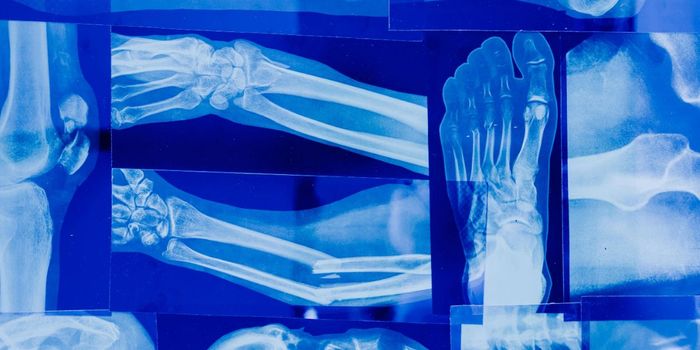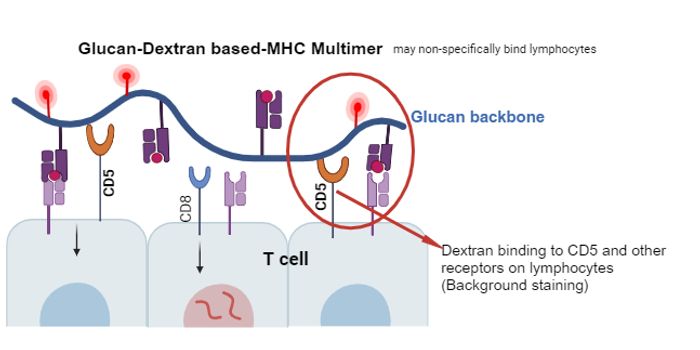Improving Diagnostics in Breast Cancer
Diagnostics is one of the essential tools in a physician’s toolkit. A good diagnostic test can identify whether a patient has a disease, the severity of the disease, and what treatments might work best for that patient.
Breast cancer represents a perfect example of how effective diagnostics can be. Most breast cancers fall under HER2+, ER+, or PR+ subtypes. Each can be diagnosed using a test and come with tailored treatments. These tests are usually immunohistochemistry assays. These assays stain for a particular protein and score the patient based on how much of said protein is there have been extremely useful in recent decades. A group from Qingdao University in affiliation with Quanticision Diagnostics developed a new assay that might be even more effective. The quantum dot blot.
Their quantum dot blot uses a special nitrocellulose plate in the test instead of the standard plate normally used. Nitrocellulose binds proteins better than the standard plates. They would also utilize fluorescence instead of standard staining, which would speed up the analysis portion of the test. Both of these combined would make a faster test that needed less of the patient’s sample.
In this study, they intended to validate the quantum dot blot by comparing it to the available immunohistochemistry tests. They developed a simple protocol similar to immunohistochemical tests and used HER2+ or HER2- patients as the test group. The quantum dot blot identified HER2+ samples just as well as immunohistochemistry testing. Using a “gold standard” method called FISH, they further validated that the QDB test could identify HER2+ samples with just as much accuracy as current testing methods.
Not to waste an opportunity, the team decided to analyze HER2+ test results, and identify any correlations. They found that grade three patients were five-fold more likely to have a HER2+ tumor than grade one. This may be due to lapses in treatment, as HER2+ therapies are relatively standard nowadays, but the team did not elaborate on their findings.
The study states, “To the best of our knowledge, this is the first time protein biomarker was measured absolutely and quantitatively in FFPE samples using an immunoassay.” Improvements to the methodology are a hallmark of science and help improve testing in labs and the hospital. The quantum dot blot test outlined in this study decreases the amount of patient sample needed and speeds up the process. The fluorescent reporter also makes quantitative, rather than qualitative results, which can reduce bias from doctors or lab technicians.
All-in-all, this study shows the quantum dot blot improves upon current immunohistochemical diagnostic tests. New tests like this often experience a slow implementation, as they sometimes need non-standard reagents and intensive validation. Still, with any luck, it can make the diagnosis of HER2+ breast cancer and other diseases more efficient.









